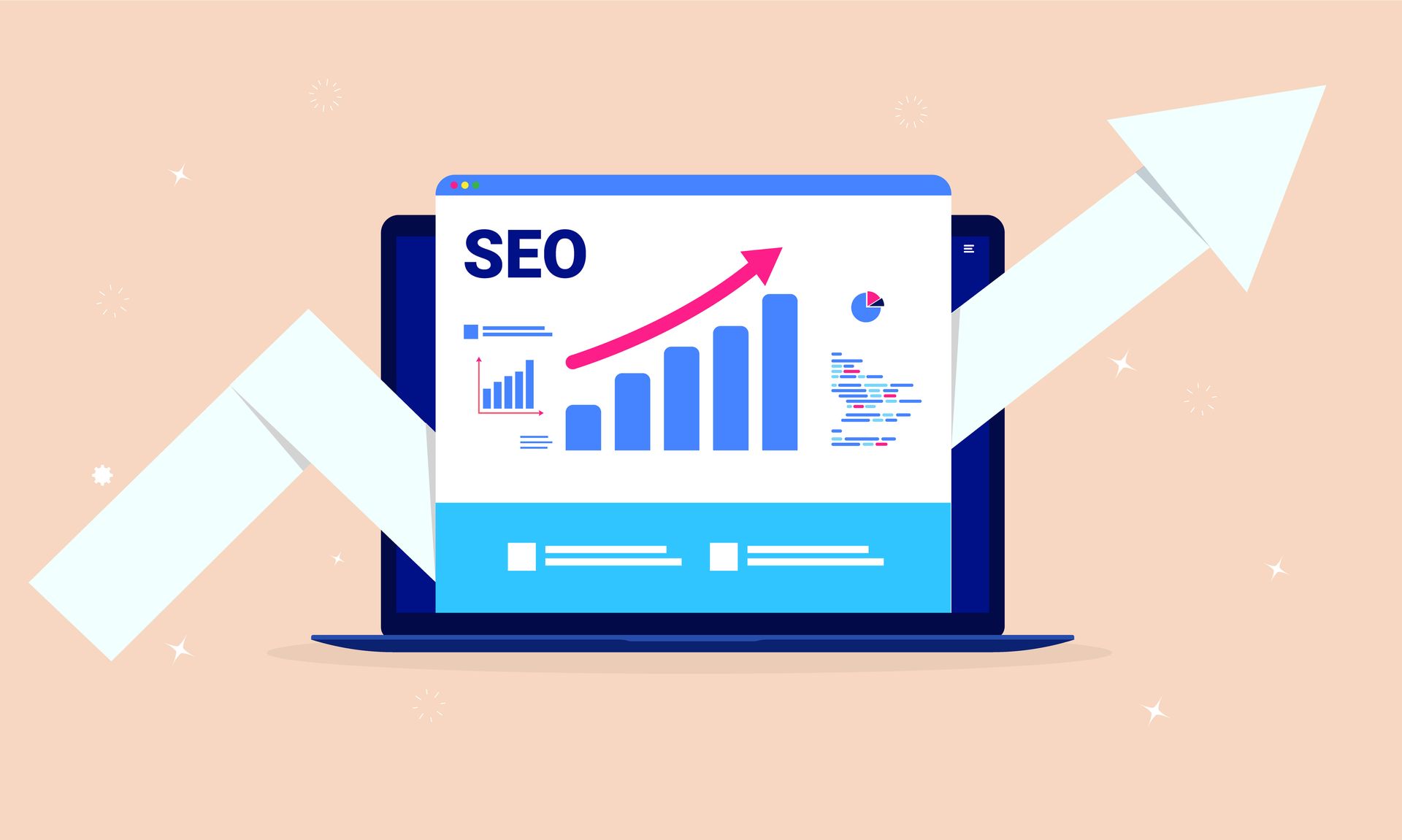What to Know When Building a Website
Building a website is one of the most important steps in establishing an online presence, whether for a personal project, a small business, or an e-commerce store. A well-built website acts as the digital face of your brand and plays a critical role in attracting and retaining customers. But with so many tools, platforms, and best practices available, where do you begin? In this blog, we’ll explore the essential steps to take when building a website and provide valuable tips to ensure your site is both functional and engaging for visitors.
1. Define Your Website's Purpose and Goals
Before you begin building your website, it’s essential to clearly define its purpose. Whether you’re starting a blog, an online store, or a portfolio site, identifying your goals will guide every aspect of the design and functionality.
- What do you want to achieve? Are you looking to educate your audience, sell products, or showcase your work?
- Who is your target audience? Understanding your audience will help determine the design, content, and overall user experience of your site.
- What actions do you want users to take? Should they subscribe to your newsletter, make a purchase, or contact you for services?
Defining your goals will also help you decide which features and tools are necessary for the site, such as e-commerce integrations, a blog, or contact forms.
2. Choose the Right Website Platform
Choosing the right platform is crucial when building a website. Several website-building platforms are available, each with its own strengths and weaknesses. Some of the most popular platforms include:
- WordPress: Ideal for those looking for flexibility and customization. WordPress is a great choice for blogs, portfolios, and even small business websites.
- Wix: Perfect for beginners, offering drag-and-drop design tools for building websites quickly.
- Squarespace: Known for its beautiful templates, Squarespace is an excellent choice for creatives and businesses looking for an all-in-one solution.
- Shopify: The go-to platform for e-commerce businesses, with features that support online stores and payment processing.
Choose the platform that aligns with your skills, business needs, and long-term goals. If you’re unsure, a website development company such as Quantifi Media can guide you through the decision-making process.
3. Select a Domain Name and Hosting Provider
Your domain name is your website’s address on the internet, and it’s essential to choose one that is easy to remember and reflects your brand. Here are some tips for choosing a good domain name:
- Keep it short and simple: A shorter domain name is easier to remember and type.
- Use relevant keywords: Include keywords related to your business or niche to improve search engine optimization (SEO).
- Avoid hyphens or numbers: These can confuse visitors and make your domain name harder to recall.
Once you’ve selected your domain name, choose a hosting provider. Hosting services store your website files on a server and make them accessible on the internet. Some popular hosting options include:
- Shared Hosting: Budget-friendly and ideal for small websites with moderate traffic.
- VPS Hosting: Offers more resources and control for growing websites.
- Dedicated Hosting: Provides a dedicated server for large or high-traffic websites.
- Cloud Hosting: Highly scalable, allowing you to adjust resources as your site grows.
Ensure your hosting provider offers good uptime, customer support, and security features.
4. Plan Your Website’s Structure and Design
The design and structure of your website should be based on your goals and the needs of your users. A well-organized website enhances the user experience and helps visitors navigate easily. Here’s how to plan your website:
- Create a Sitemap: A sitemap is a blueprint that outlines the pages and structure of your website. It ensures a logical organization, making it easier for both users and search engines to navigate your site.
- Focus on User Experience (UX): Prioritize user-friendly navigation, a clean layout, and fast load times. Make sure visitors can easily find information and complete desired actions.
- Responsive Design: Since most users now access websites on mobile devices, ensure your site is mobile-friendly. A responsive design adapts the layout of your site based on the device’s screen size.
5. Develop Engaging Content
Content is the backbone of any successful website. To engage visitors and keep them coming back, your content must be informative, relevant, and well-structured. Here are a few content strategies to keep in mind:
- Use Clear and Concise Language: Keep your messaging simple, engaging, and easy to understand. Avoid jargon, and focus on providing value to your audience.
- Incorporate SEO Best Practices: Use relevant keywords naturally throughout your content to improve your website’s visibility in search engine results. Include meta tags, alt text for images, and well-written titles and descriptions.
- Include Clear Calls to Action (CTAs): Encourage visitors to take action, such as purchasing a product, signing up for a newsletter, or contacting you for services.
6. Optimize for SEO and Analytics
To attract visitors to your website, it’s important to implement SEO best practices. This involves using relevant keywords, optimizing your site’s content, and ensuring that your site is search-engine friendly. Some key SEO practices include:
- Optimize Title Tags and Meta Descriptions: These are the snippets that appear in search results, so make sure they are clear, relevant, and keyword-rich.
- Create High-Quality Backlinks: Earn links from reputable websites to improve your domain authority and increase your rankings.
- Use Structured Data (Schema Markup): Structured data helps search engines better understand your content, which can lead to better visibility and higher rankings.
Additionally, implement Google Analytics to track user behavior, such as which pages are visited most, where visitors are coming from, and how long they stay on your site. This data can help you make informed decisions to improve your website’s performance.
7. Test, Launch, and Maintain Your Website
Once your website is complete, thoroughly test it to ensure everything works as it should. Test for the following:
- Functionality: Check that all forms, buttons, and links work properly.
- Mobile-Friendliness: Ensure the site displays correctly on all screen sizes.
- Load Speed: Use tools like Google PageSpeed Insights to check how fast your site loads. Slow loading times can negatively impact user experience and SEO.
After testing, it’s time to launch your site! But don’t stop there. Regular maintenance is essential to keep your website secure, functional, and up-to-date. This includes updating software, backing up data, and adding fresh content regularly.
Conclusion
Building a website requires thoughtful planning and execution to ensure it serves its intended purpose and meets the needs of users. From selecting the right platform and domain name to creating high-quality content and optimizing for SEO, each step is important in building a site that performs well and provides a positive user experience. By following these guidelines and regularly maintaining your website, you can create a successful online presence for your business or personal brand.
If you’re ready to build or improve your website, contact Quantifi Media today. Our team of experts specializes in website design and development, offering custom solutions that meet your needs and help you grow your online presence.
Share this blog!





